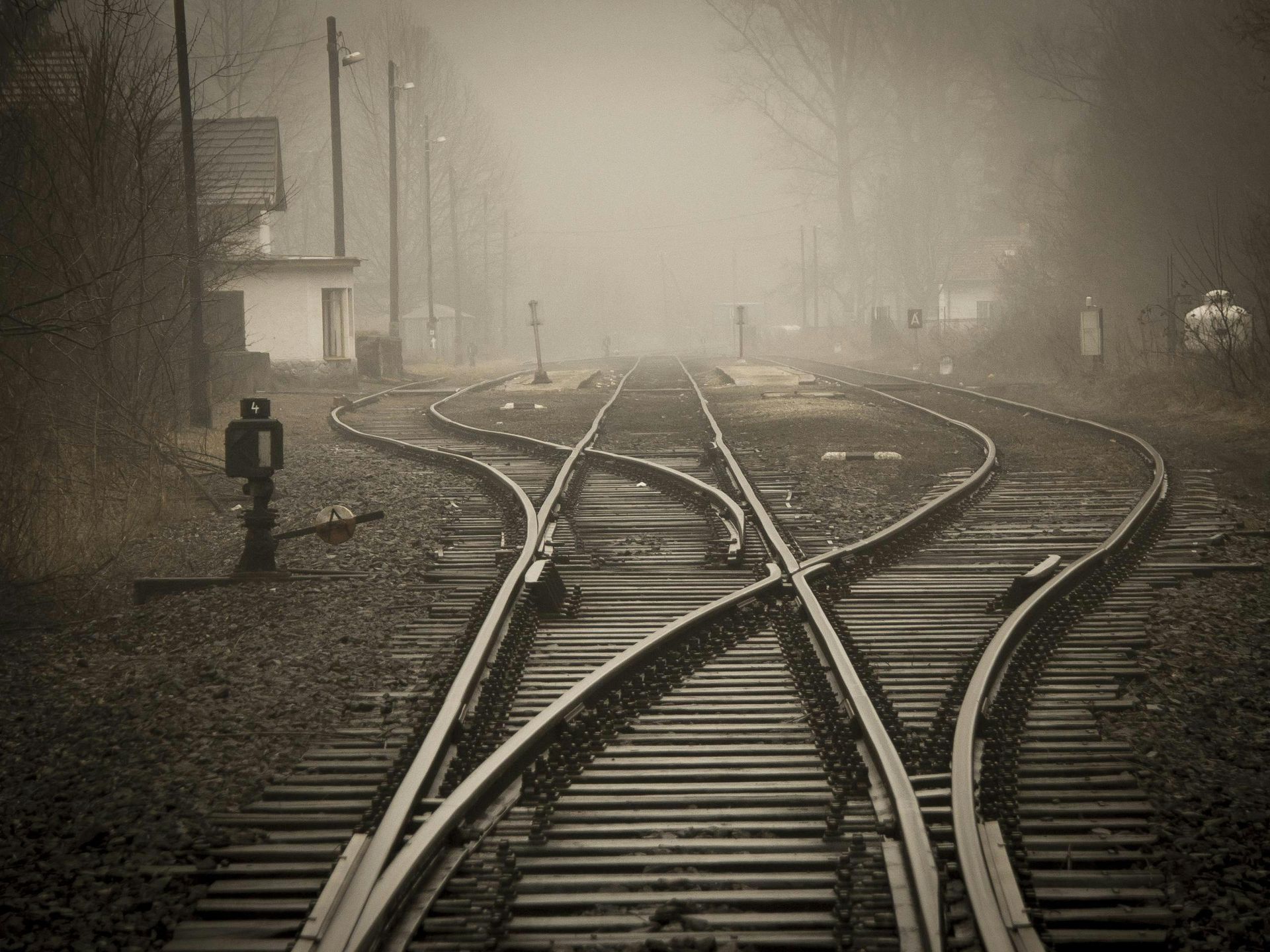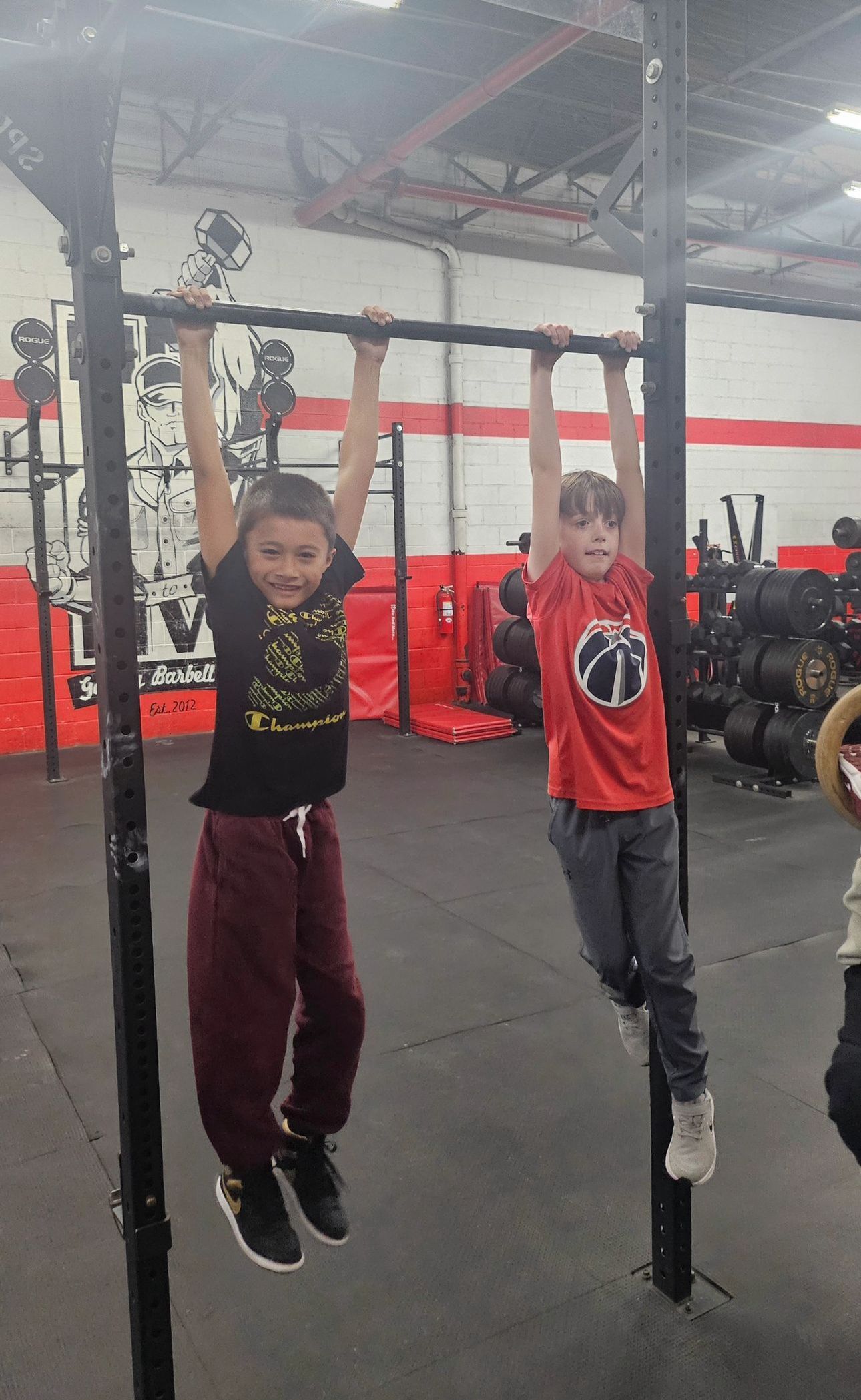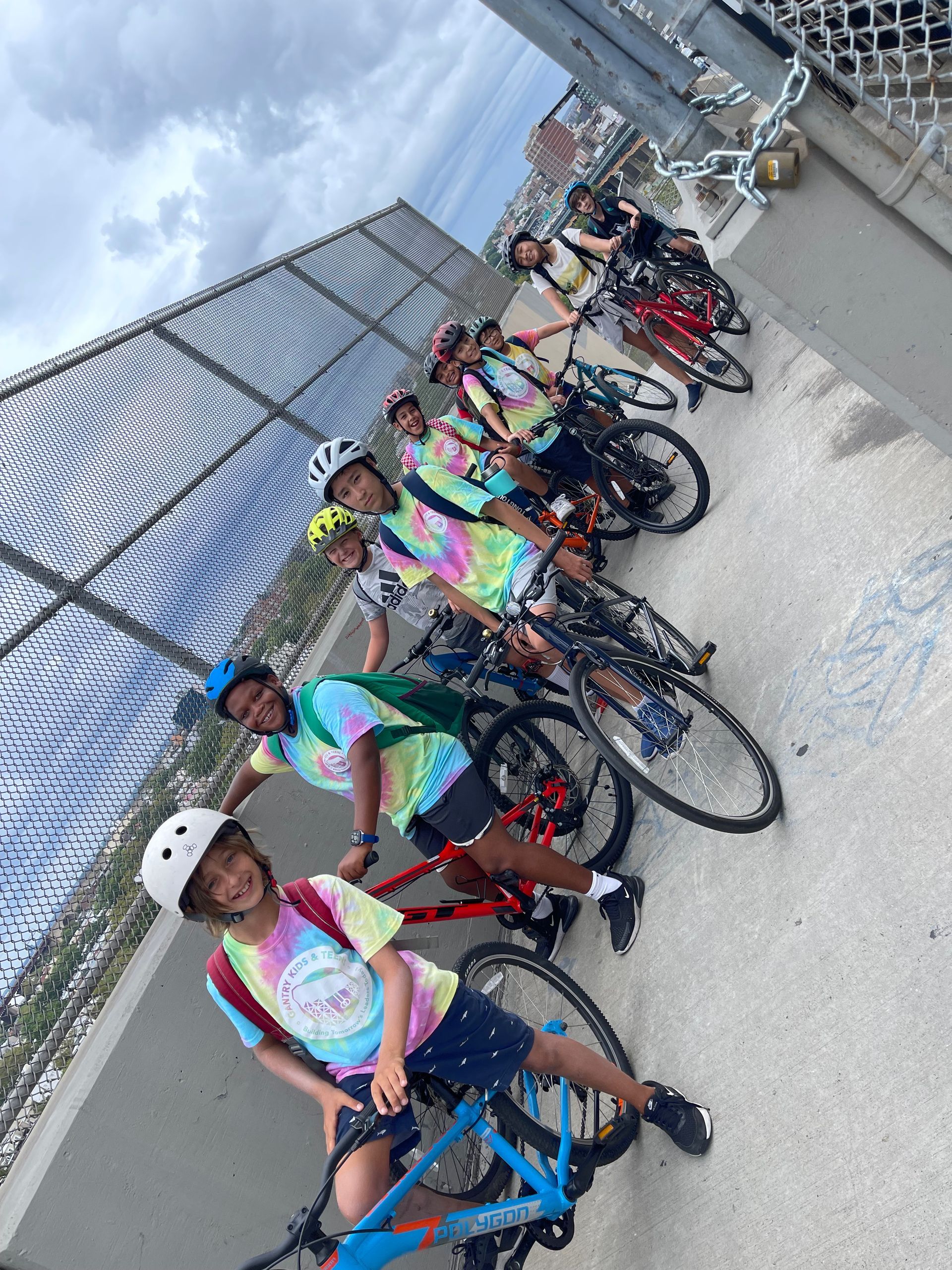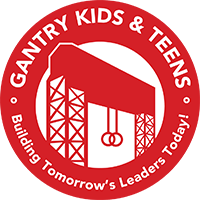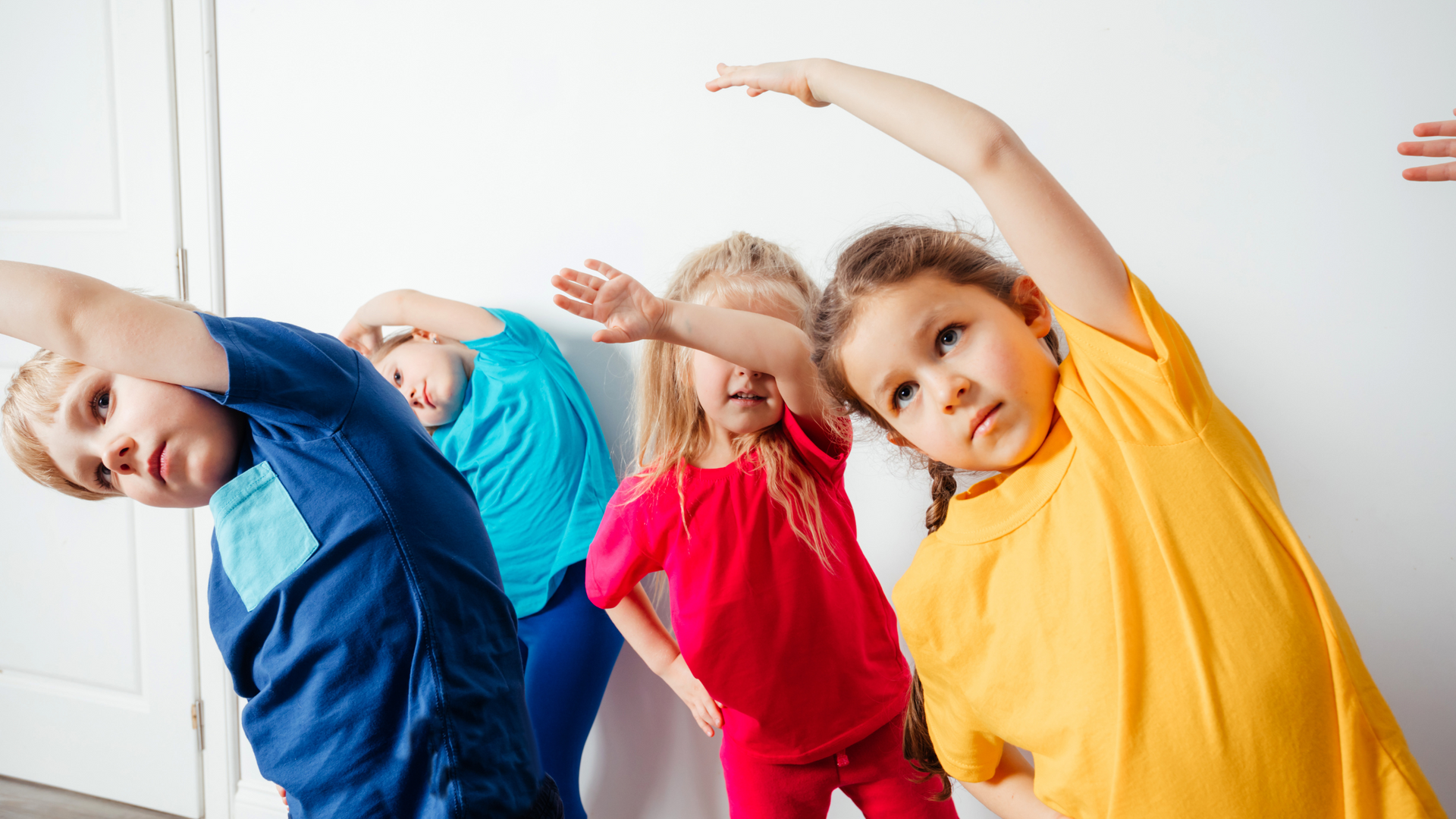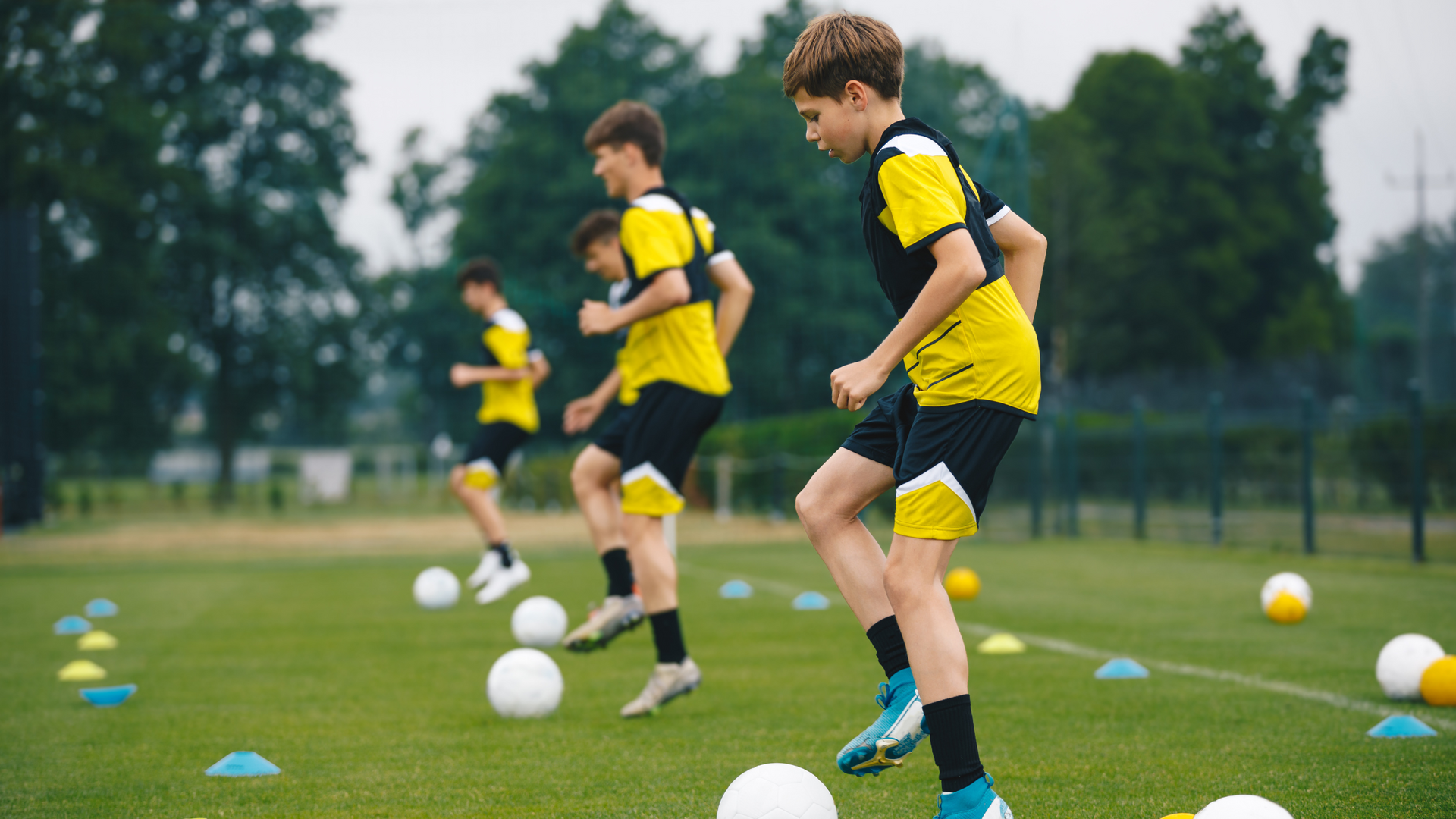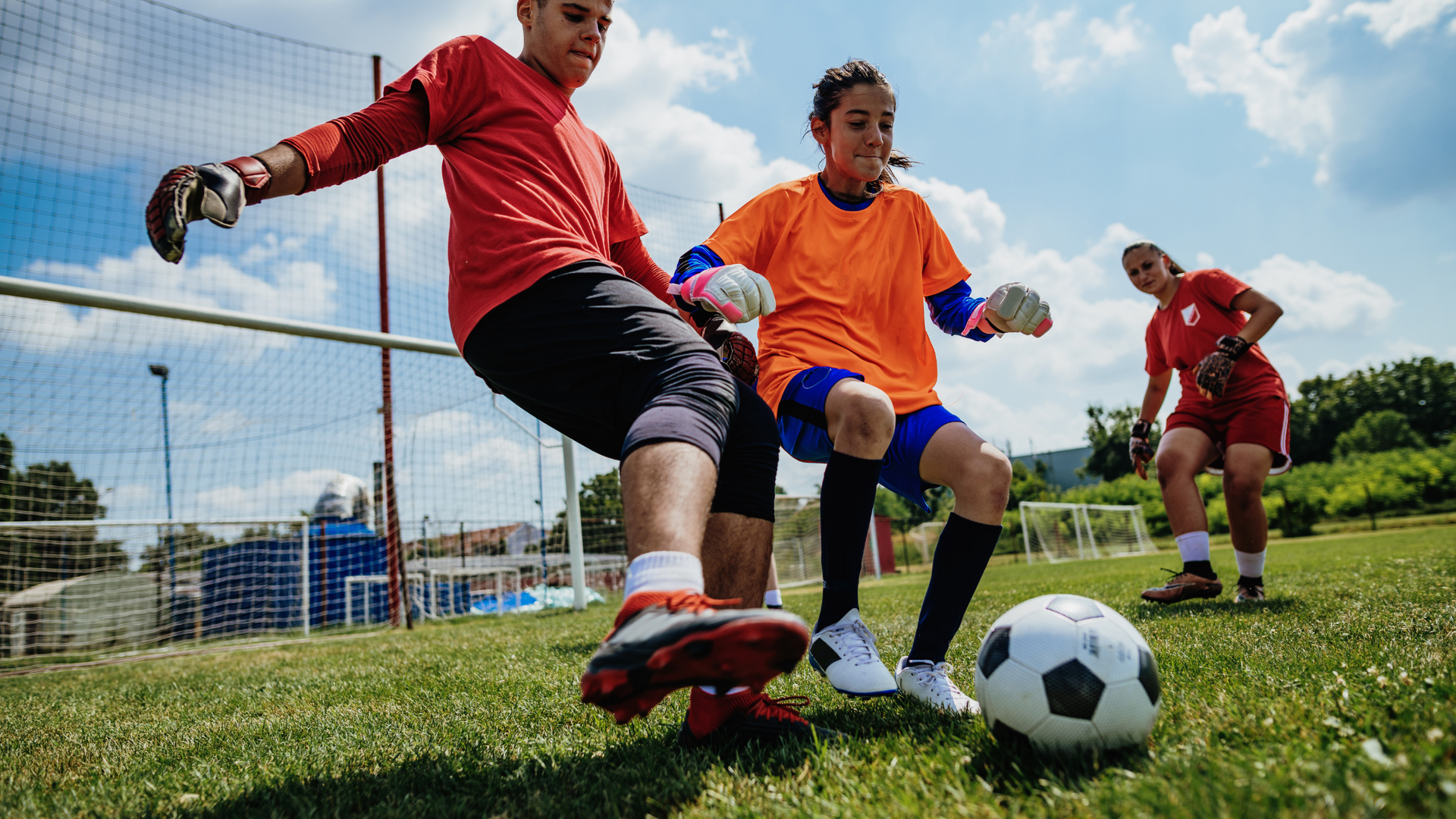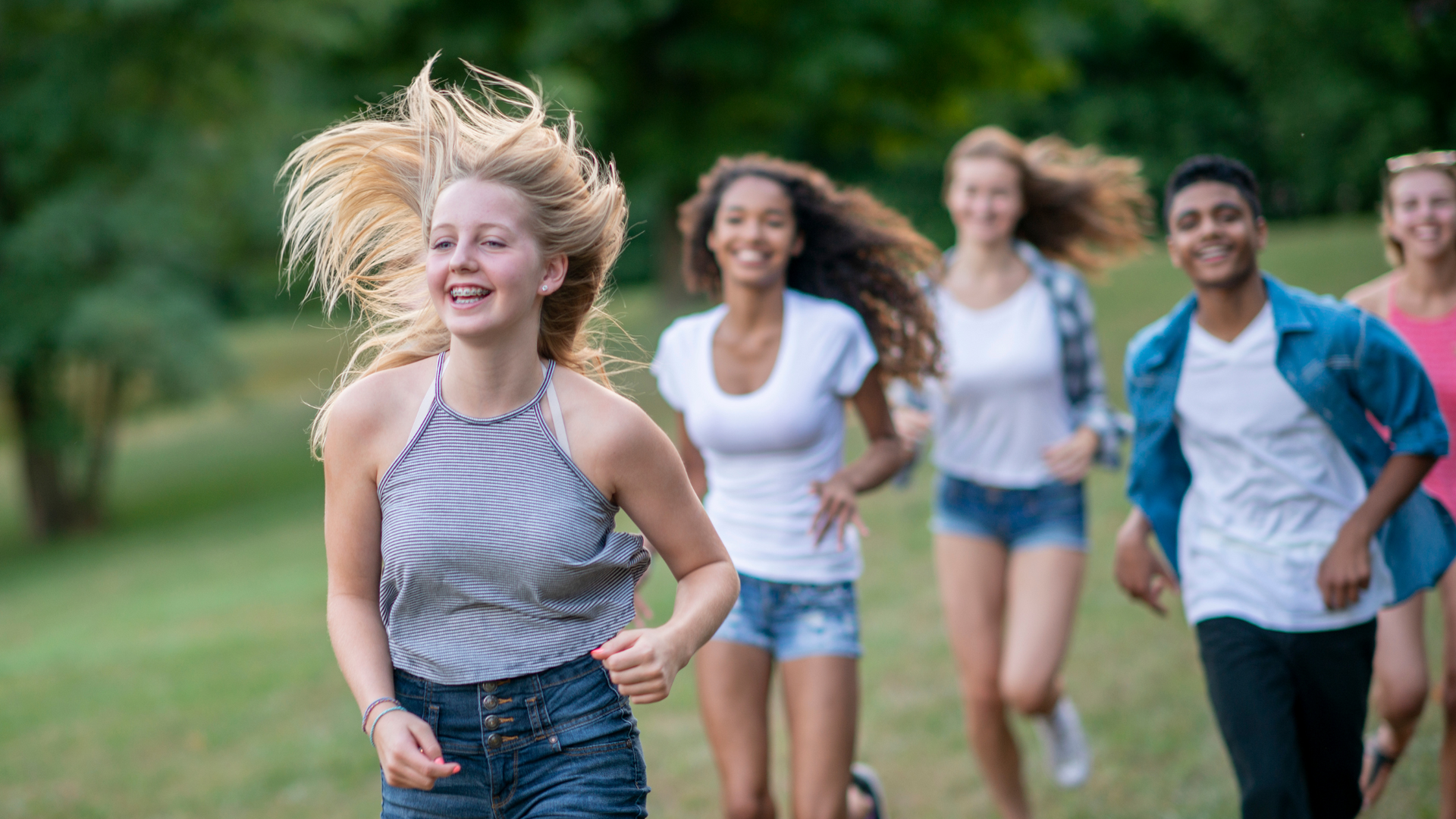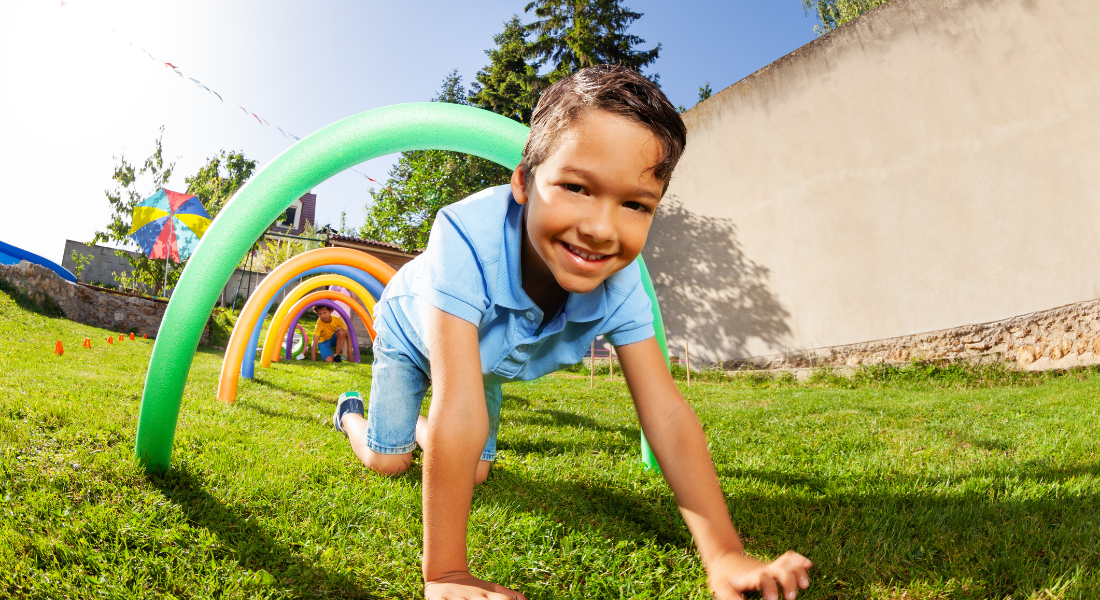Outdoor Play in All Weather!
Outside Play is Important
This section is an adaptation of Chapter 5: The Importance of Play in our Founder Michele Kelber's book: How Not to Ruin Your Kids: A Practical Guide to Raising Happy, Independent, Equipped Children.
In addition to indoor initiatives, the focus of play has shifted to include outdoor activities as well. Kids spend hours at school with limited outdoor time and then often go to after school activities where they are inside for about another three hours. At the gym, we focus on spending as much time outside as possible, including during the winter. One of my favorite sayings is, “There is no bad weather, only bad clothing.”
The Scandinavians who said that had it right! It is never a bad day to go outside if you are dressed appropriately. Rain definitely sucks if you have no raincoat and your shoes and socks are wet. I mean most kids don’t care, but I do. Those living in NYC have to dress for the weather as they can end up in the elements waiting for public transportation and getting to and from said transportation. And let’s face it, NYC is a walking city so everyone in it is always at the mercy of the elements.
Umbrellas are not the most city-friendly accouterment when bustling around, already carrying your bag and whatever else you have with you. When I finally invested in proper rainboots and a hooded slicker my life was instantly transformed! This is why it’s important to invest in good outdoor clothing for both you and your kids.
I know, kids grow so fast. It takes money and effort to find the right outdoor gear for a child to only have them not fit into it the following year. I hear you. My suggestion is to find a kids consignment shop or a thrift store like GoodWill. There is a fantastic shop in my old neighborhood called Parachute Brooklyn. (Where you can also buy a signed copy of my book!) Parachute sells online as well, so Google them and see what you can find. Then, when the item gets outgrown in your house, you can take those clothes in for cash or in-store credit. They aren’t the only ones doing such good work.
Check out your community swaps too. A lot of local organizations set up kid and baby clothing swaps and bike swaps! If you can’t find one, make your own. Contact your child’s school, your community center, or your local municipality to help with the details and space. Another great resource is the Buy Nothing groups on Facebook. Investing time now in researching where to get or trade for clothes can save so much money later.
Even in bad weather, our after school program is outside—at least for the walk to the gym from the school. Daily, we pick kids up from two local schools and walk back to the gym. One school is about half a mile away. A lot of kids actually get bussed to that school from near the gym in the morning. I get it, people work and parents are busy and kids are slow-ass walkers, but it’s still important to walk.
When you walk to and from school, not only are you and the kids getting exercise, (each kid should be carrying their own backpack of course), and spending time outside (early morning light helps with sleep and circadian rhythm), but it’s an opportunity for you to connect with your child or children. Our coaches learn so much about kids on the walk. They ask questions like “What was the silliest thing that happened at school today?” The walk is also a time when coaches can see if a child is having a hard day or an exceptionally fantastic day. It allows for a deeper connection with a child. And, for you, it can be a source of uninterrupted quality time with your little.
All that being said, here are a few words of advice: Give yourself enough time to walk so you aren’t rushing. Generally, whatever amount of time Google Maps tell me it will take to get somewhere, I take and add 50% more time when traveling with children. After all, if you aren’t early, you are late. Removing the potential time crunch makes for a much more enjoyable experience. It’s okay to slow your life down to a child’s pace.
I have had a parent or two ask if we bus the kids in the winter. Um, do you know how expensive a school bus is? And it’s only a half a mile. My response when parents say it’s cold in the winter is: “Yes, it is, so your child should be dressed for the weather.” Then I go on to point out the benefits of the time outside. The walk to the gym is an opportunity for kids to decompress, creating a natural separation between school and afternoon activities. It’s a reboot. And honestly, it’s fun! Kids take turns leading the group and enjoy racing to the next corner—all while they chitchat with friends who were not in class with them earlier.
It’s also important to note that a lot of urban schools provide bussing a certain distance from the school, but only up to certain grade levels. In New York City (NYC) it’s third grade. In this particular situation, my suggestion is not to sign them up for a bus, ever! In Kindergarten through 3rd grade, the kids will be bussed, and then poof, at 4th grade the district thinks they should be strong enough, resilient enough, and tenacious enough to manage the walk. The problem is, they haven’t been practicing. And for four years the littles have been conditioned to believe it’s too hard, too far, and generally undoable.
This line of thinking is consistent with many aspects of child-rearing. Avoiding hard, inconvenient things doesn’t prepare kids for anything. It actually makes it more difficult for parents and caretakers to switch the script later. Conflict avoidance serves no one. So gear up, dress for the weather, and connect with your child during the busy school year, regardless of the weather!
But What about in the Summer?
It gets hot! Hotter and hotter every year in fact. Climate Change am I right? Gantry Kids offers Summer Camp that is biking and scooting! Those kids are out and about getting sweaty, having fun, running around in the HEAT! We get there is a concern when the heat index is through the roof. Obviously parent concerns are addressed and pro tip: Kids do better than us outside! Yep, you heard that right. They actually don't care as much about the oppressive heat as us adults. There is probably a physiological response, but for the most part, it might just be that the pay off of fun and adventure, outweighs the feeling of sticky dirty sweat. Yep, kids can have fun ANYWHERE doing ANYTHING, even when the thermometer soars bast 90. Maybe it's because they never stop moving, so they don't actually feel the heat.
We get it though, there are hesitations about kids being out in the heat. Not unlike the benefits of being in the cold, we as human beings crave the outdoors. Walking barefoot has a grounding effect. Meaning, our emotional and mental health are nurtured when we commune with nature. It also builds strong foot health, builds immunity, improves balance, and reduces stress. Find some grassy spots and try it out! Being outside and in sunlight impacts your circadian rhythm (during all seasons) and enables nature sleep cycles. Casinos don't have windows for a reason, depriving humans of sunlight, fresh air and other natural elements puts your body and mind is a state of confusion where adrenaline and stimulants are in the drivers seat. Being in nature, sunlight, and varying degrees of weather give your mind and body an opportunity to regulate, build resilience to swings in weather, develop an immune system, sleep, relax and destress. Kids don't know that exactly, they just know they feel better after being outside.
Beat the heat. Now, there are practices to put in place in any extreme weather. In the heat, our athletes eat in the shade, ride to feel the breeze and cool down, run through the fountains, have water balloon fights, and even get sprayed down with the hose some days! Our coaches also remind kids to drink water. Regardless of what they say, if a child hasn't taken the opportunity to use the bathroom when offered or asked during our trips, that kid is not drinking enough water! Our lead staff is trained in advanced first aid and knows both preventative steps and tell tail signs of the impacts of heat. Of course there are days we may modify activities, but we read the room, meaning the kids and where they are and how they are feeling. Again, all that energy surpasses what we as adults can handle on most days!
Wear sunscreen. At the very least on your face. Keep looking youthful and prevent burns. Sun shirts are also a great invention! They have SPF ratings of 50+ and also have a cooling effect. Kid love them!
Hydrate with water and eat nutritious foods. Kids really don't need sport drinks or ultra processed foods to add more electrolytes and protein to their diets. I say this, because you aren't just getting those two things. Wrapped up in all of that is lots of sugar, chemicals and lots of sugar...yeah I know I said it twice. Ultra processed foods have a negative impact on our gut, health, and even digestion. This is a conversation for another time, but think about how you feel when you have a heavily processed meal or snack. A lot of time, you need a nap after. Your body is so committed to digesting and converting these foods into energy that there is no reserve for anything else. Imagine a littler body? Natural whole foods and water are beyond capable of nurturing the tiny balls of energy we call our children.
Don't let your fears make your decisions. We all have our apprehensions. Acknowledge them, look at the big picture and what you want for you child for the long term. Are the decisions you make today positively moving that conversation forward? Being uncomfortable may be where you need to be to see your kids grow! You can do it!
Your Next Steps
Besides the obvious, spending some time outside with your kids, or if they are old enough sending them out to play with friends, look for programs that prioritize outdoor time. Gantry Kids is one of the few camps in the city that focuses on physical activity AND being outdoors. It is the only camp that bikes and scoots, that's for sure!
Gantry Kids is Critical learning through experience & movement: a Prescription for Building tomorrow's leaders today
We believe these four pillars provide children (and adults too) with the tools needed to navigate today's world!
- Outdoor Time: Humans are grounded in nature. Being outside helps regulate and restore kids' nervous systems, reset circadian rhythms, and ward off illness & build immunity no matter the weather!
- Physical Activity: Organized games & team activities teach kids communication, leadership, and resiliance organically!
- Unstructured Play: Adult free, peer only play gives kids autonomy, choice, and down time. In a natural environment, kids learn effective communication, conflict resolution, and their likes and dislikes. It's essential to building self-esteem and agency!
- Wellness: Global, community, and individual wellness is our focus. Kids have an opportunity to give back to the world, understand their impact and that humanity extends beyond their own self. We take care of ourselves, our neighborhood & the planet!
We invite parents to consider how Gantry Kids Summer Camp can play a pivotal role in their child’s growth, not just as a convenient camp option but as a valuable developmental opportunity. The program is designed to complement your parenting by enhancing their social skills, boosting their independence, and encouraging a healthy, active lifestyle.
Oh and don't forget, we have a Teen Camp the last week in August!
Act now to secure a spot for your child. Registration is open, and spaces fill up quickly.
Visit our website to register today or
contact us directly to discuss how our program can meet your family’s needs. Let us help you make your child's after-school hours as productive and enjoyable as possible.
